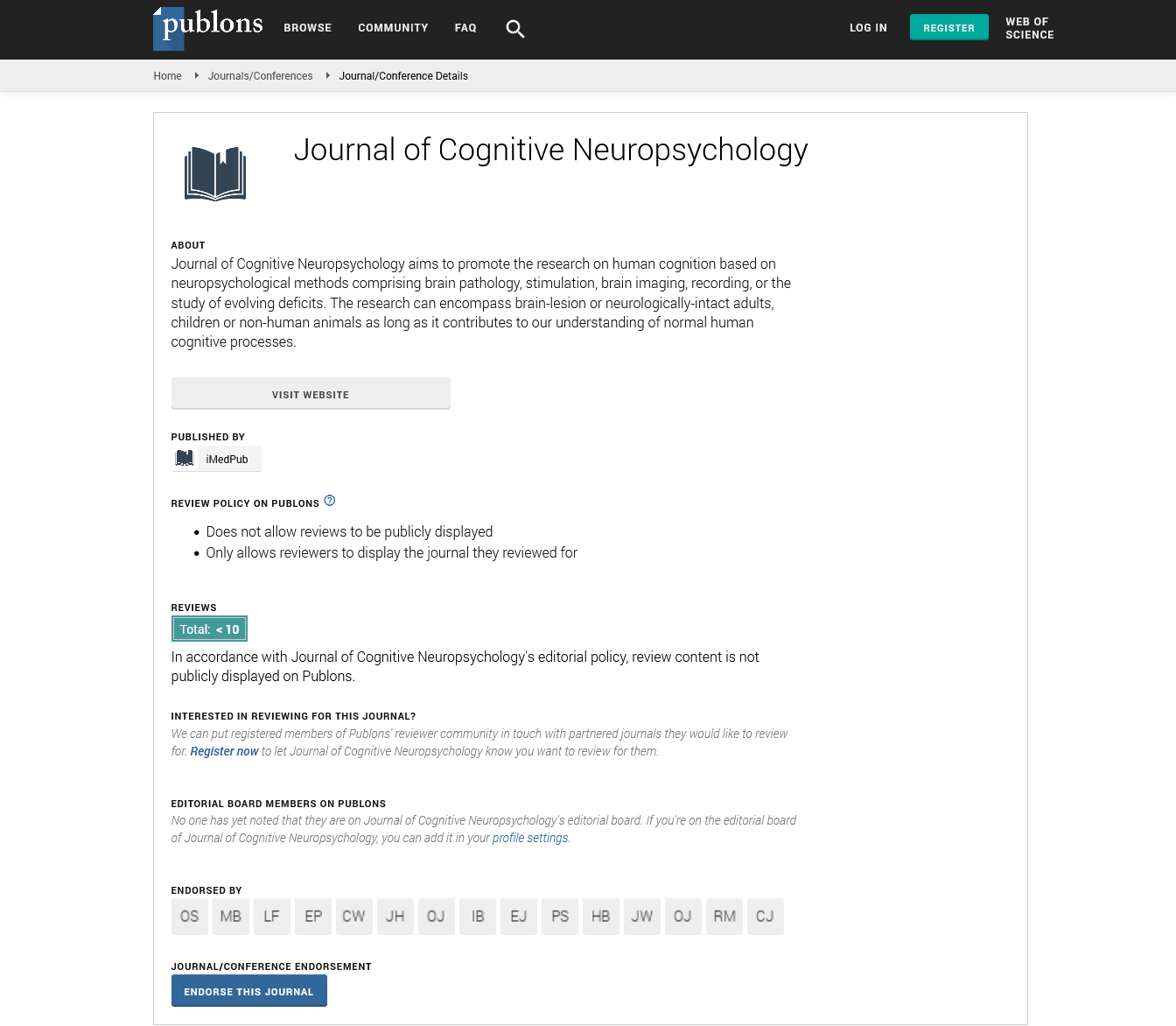Abstract
COPEPTIN IN EARLY DIAGNOSIS OF MYOCARDIAL INFARCTION IN PATIENTS WITH ACUTE CORONARY SYNDROME
Emergency care for patients with suspected myocardial infarction is critically important in the fight for the patient's life, in our study we want to present a new opportunity for early diagnosis of myocardial infarction, which will allow faster verification of the diagnosis. Among patients with acute coronary syndrome, it is important to identify groups of patients with myocardial necrosis who have an increased risk of complications and death. In this group of patients, the most aggressive treatment tactics are indicated, including the use of percutaneous coronary intervention or coronary artery bypass grafting. Currently, the "gold standard" in verifying myocardial necrosis and, consequently, infarction is the determination of an increase in the level of troponin T or I. This is recognized as a prerequisite for the diagnosis of acute myocardial infarction (AMI), along with one of the following factors: chest pain ischemic character, the presence of ECG signs of ischemia, a decrease in the mass of the contractile myocardium according to imaging methods. However, despite the widespread use and high efficiency of troponin use in the diagnosis of myocardial necrosis in patients admitted with suspected acute coronary syndrome, significant shortcomings in measuring troponin levels remain relatively late increases in blood levels after the onset of myocardial infarction (3-6 hours after the onset of necrosis ), as well as an increase in its level not associated with myocardial ischemia, for example, in sepsis, septic shock, pulmonary embolism, subarachnoid hemorrhages, severe heart and renal failure, etc., in connection with which there is a need for longer observation and sequential testing for troponin in dynamics in patients with intermediate or high clinical index of suspicion of ACS, which can lead to a delayed diagnosis and treatment initiation, increased complications and potential mortality. In this regard, the search continues for additional diagnostic criteria for the early manifestations of myocardial infarction in order to optimize treatment tactics and reduce lethal and non-lethal complications of myocardial infarction. One of these markers, which have recently attracted the attention of researchers, is copeptin. Diagnosis of myocardial infarction in the early stages in practice can be difficult due to the fact that myocardial infarction is often atypical, the indicators of cardiospecific markers of necrosis do not exceed the threshold values of the norm, and electrocardiogram (ECG) data in the first hours of the disease are not always diagnostically significant, or the assessment of indicators The ECG is difficult due to changes that were present initially (aneurysm of the left ventricle, blockade of the bundle of His, etc.). Therefore, the need arose for additional methods that would make it possible to diagnose myocardial infarction already in the first hour from the beginning of the index event.
Author(s): NABIEV DASTAN ERGALIULY
Abstract | PDF
Share This Article
Google Scholar citation report
Citations : 8
Journal of Cognitive Neuropsychology received 8 citations as per Google Scholar report
Journal of Cognitive Neuropsychology peer review process verified at publons
Abstracted/Indexed in
- Google Scholar
- Publons
- MIAR
Open Access Journals
- Aquaculture & Veterinary Science
- Chemistry & Chemical Sciences
- Clinical Sciences
- Engineering
- General Science
- Genetics & Molecular Biology
- Health Care & Nursing
- Immunology & Microbiology
- Materials Science
- Mathematics & Physics
- Medical Sciences
- Neurology & Psychiatry
- Oncology & Cancer Science
- Pharmaceutical Sciences
